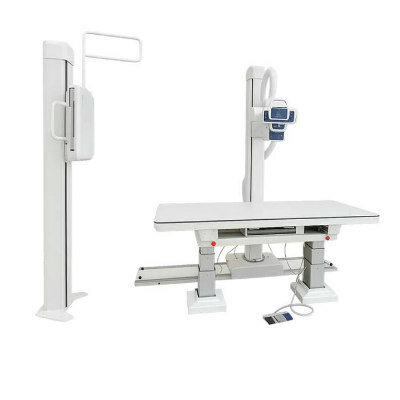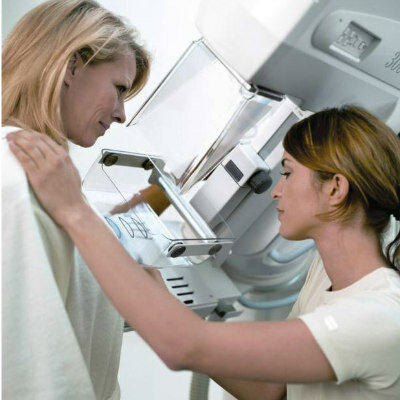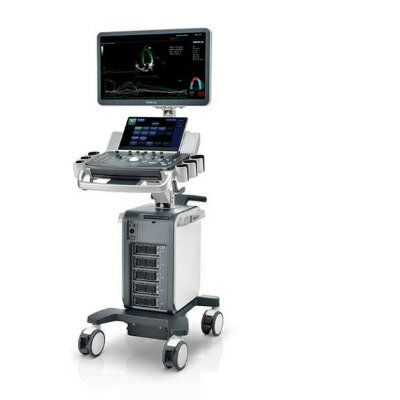Spinal Digital Subtraction Angiography Deemed to Be Safe and Effective
By MedImaging International staff writers
Posted on 27 Sep 2011
Radiologists have reviewed the patient records of 302 men and women who had a much-needed X-ray of the blood vessels near the spinal cord and found that the procedure, frequently feared for possible complications of stroke and kidney damage, is safe and effective.Posted on 27 Sep 2011
Reporting in the journal Neurology online September 14, 2011, the Johns Hopkins University (Baltimore, MD, USA) researchers found that none of the study participants, all of whom underwent a spinal digital subtraction angiography (SpDSA) at Johns Hopkins Hospital between 2000 and 2010, had suffered either a stroke or kidney damage as a result of the procedure, considered the “gold standard” modality for differentiating among many types of vascular disorders near the spine. These include strokes, hematomas, aneurysms, fistulas, and tumors.
“Patients and their physicians can now look with confidence to our study and see for themselves the real as opposed to perceived risks and complications from spinal angiography,” said study senior investigator and interventional neuroradiologist Philippe Gailloud, MD, “Advances in the procedure have made it much safer today than before, and neurologists and patients really should consider this valuable diagnostic tool based on the actual medical evidence and not on whatever unsubstantiated rumors they might hear secondhand or read on the Internet,” added Dr. Gailloud, an associate professor at the Johns Hopkins University School of Medicine.
Dr. Gailloud noted that reports of stroke and kidney damage had been rather high, in as many as 3% of people, in the 1970s when the procedure was first introduced. Then, preparing patients for testing and injecting a dye to make the blood vessels more visible frequently took hours instead of the routine half-hour it now takes, increasing the chances that a clot could dislodge in the blood vessels and cause a stroke. The earlier process also used up more than twice as much of the potentially toxic contrast agent than is needed today.
Another major finding in the latest study was that spinal angiography could accurately rule out suspected cases of spinal inflammation, a condition known as transverse myelitis. Fourteen of 45 patients diagnosed and treated with steroids or other immune-suppressing drugs for transverse myelitis were later confirmed by SpDSA to have a vascular malformation instead. All of these patients were successfully treated for their actual spinal problem, and none of them suffered any complications as a result.
According to Dr. Gailloud, who is also director of interventional neuroradiology at Johns Hopkins, this demonstrates physicians that anyone who is diagnosed with transverse myelitis and who does not show improvement after drug treatment but is still probably suffering from a spinal problem should consider having a SpDSA to either confirm the original diagnosis or determine if it is in reality a vascular malformation. Both conditions have similar symptoms, he reported, with people often complaining of a weakening in the legs, even temporary paralysis, sudden and uncontrolled urination, and back pain.
Lead study investigator and Hopkins medical student James Chen, MSc, began the study with encouragement from experts at the Johns Hopkins Transverse Myelitis Center after noticing continued reluctance by other specialists and patients to use spinal angiography. They believed the procedure to be too dangerous, despite growing acceptance of its efficacy. “To counter medical rumor and historical perception, we simply had to put some current numbers on its safety and risk,” stated Mr. Chen, who is also a research fellow in interventional neuroradiology at Johns Hopkins.
The investigators have already started the next phase of their research, a prospective study to track people after they have had a SpDSA for any possible complications months or even years after the procedure. Initial results are expected in 2012.
In the SpDSA procedure, a catheter tube is inserted into the larger blood vessels near the groin and gently threaded, one by one, into each of the major arteries branching from the aorta to the spine. Dye is released into each artery to help form multiple images of each artery, as taken by X-ray. The test is typically performed to identify specifically the source of the vascular problem after a magnetic resonance imaging (MRI) scan has ruled out any other physical disorders to the spine.
Related Links:
Johns Hopkins University














